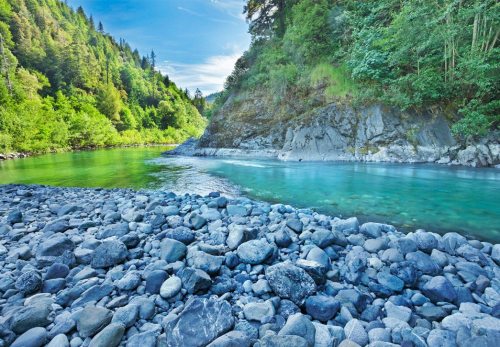
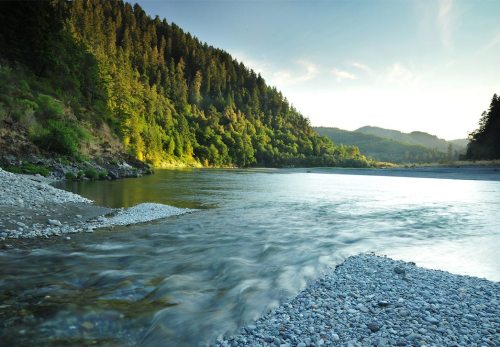
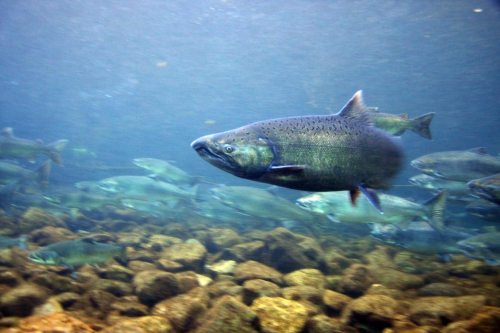
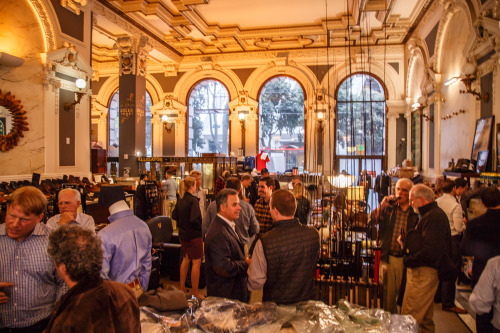
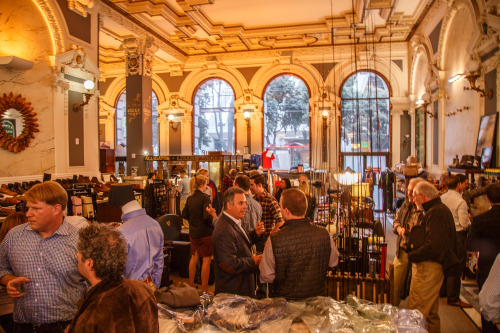


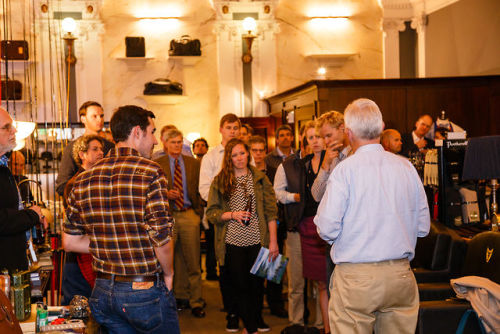
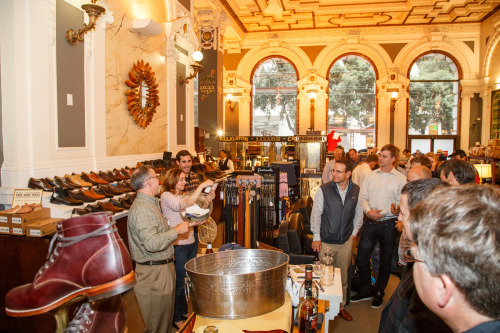
Lost Coast Outfitters hosts Western Rivers Conservancy to learn about their Blue Creek Project.

Project Facts
- WRC is creating a salmon sanctuary and sustainable community forest by helping the Yurok tribe acquire 47,000 along and around Blue Creek.
- Blue Creek is the lower Klamath’s most important cold-water refuge for migrating salmon and steelhead.
- The project conserves habitat for rare animals like Humboldt marten, marbled murrelet and northern spotted owl.
-
Acquisition will protect thousands of acres of forest in one of the most biologically diverse regions on the planet.
In a historic opportunity, Western Rivers Conservancy is partnering with California’s Yurok Tribe to create a salmon sanctuary and ensure the survival of one of the West’s great salmon streams: the Klamath River. The backbone of this effort is Blue Creek, a vital cold-water tributary on the lower Klamath and a lifeline for migrating salmon and steelhead. WRC is working to purchase and conserve the entire lower Blue Creek watershed and help recreate a homeland for the Yurok, California’s largest Native American tribe.
The Importance of Blue Creek
The Klamath was once the second largest producer of salmon on the West Coast. Sadly, its great runs of Chinook, coho and steelhead have been reduced by hydropower dams, irrigation projects and over fishing. Today, one of the greatest threats to salmon and steelhead are high water temperatures when the Klamath is stressed by low summer flows. For returning fish, Blue Creek is the first cold-water refuge they encounter on their journey inland from the Pacific Ocean. Studies have shown that by holding in Blue Creek’s cold water, Chinook can lower their body temperature by up to eight degrees Fahrenheit, making this tributary critical to their survival. Without this cool-down period, most Chinook would likely die before reaching their spawning grounds in the upper Klamath.
Blue Creek also provides high-quality spawning habitat for Chinook, coho and steelhead. The riparian and upland areas within the Blue Creek watershed provide outstanding habitat for rare and imperiled animals like marbled murrelet, northern spotted owl, California condor and Humboldt marten.
Read more
Trout Town USA : Dunsmuir, California Trout Town USA : Edition 1 - By George Revel. Slogan: “Home of the Best Water on Earth” Population: 1,650 Fishing: Upper Sacramento River and The McCloud Riv...
Trout Opener on the Stanislaus River We had a great time trying to drink all of SF’s alcohol after the Western Rivers Conservancy toast to Trout Season we hosted at LCO. The morning had begun with...
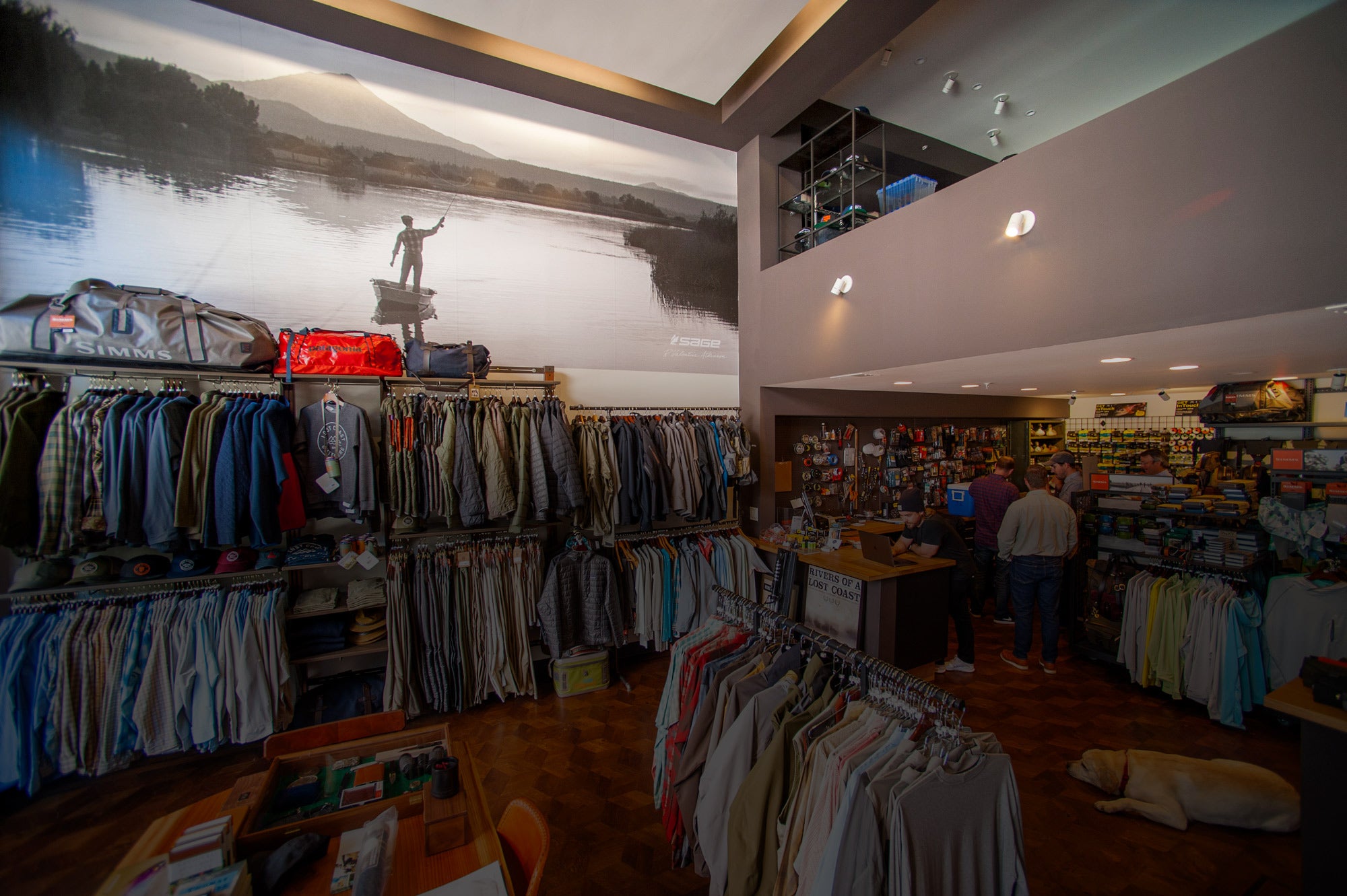
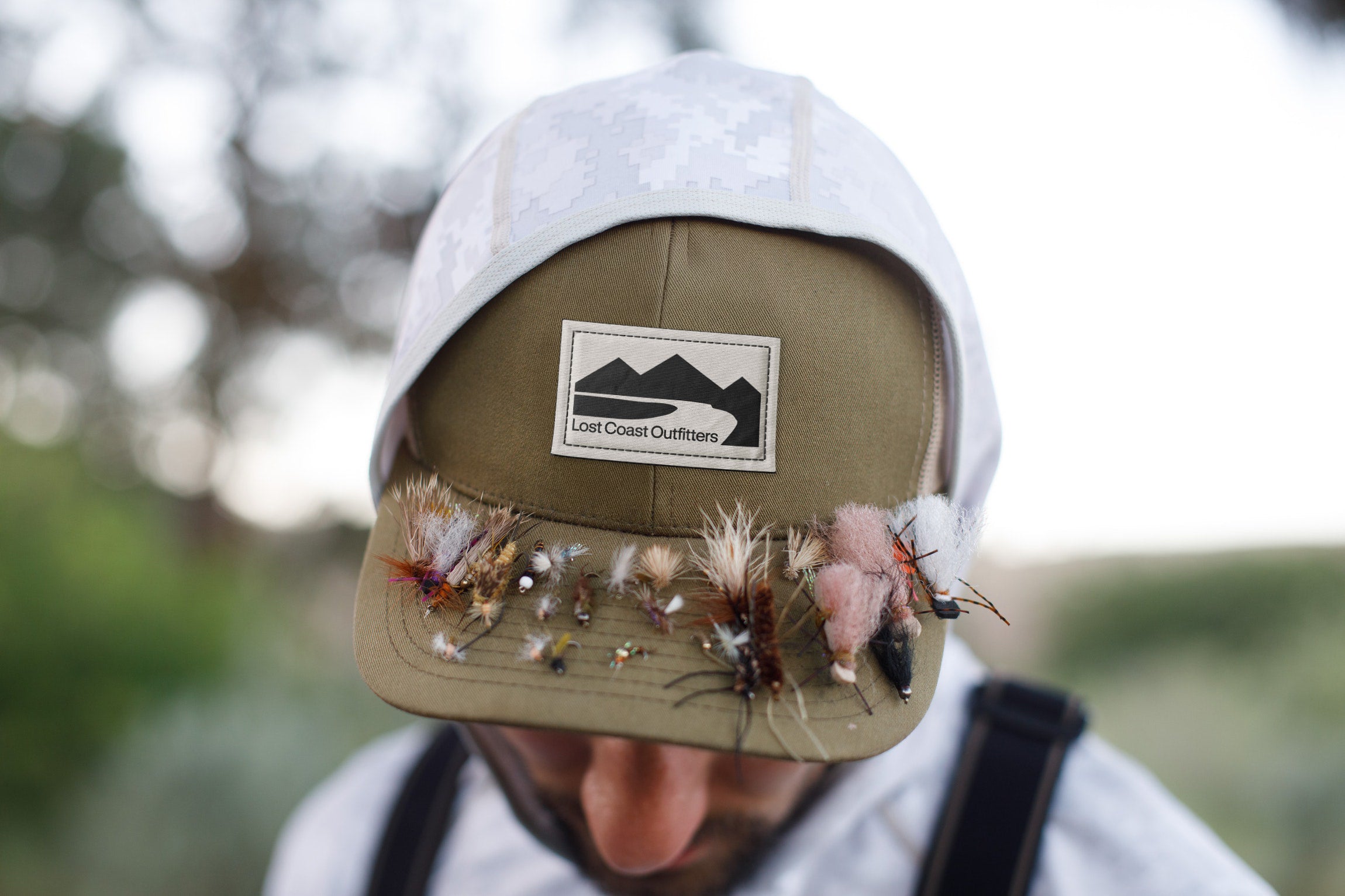
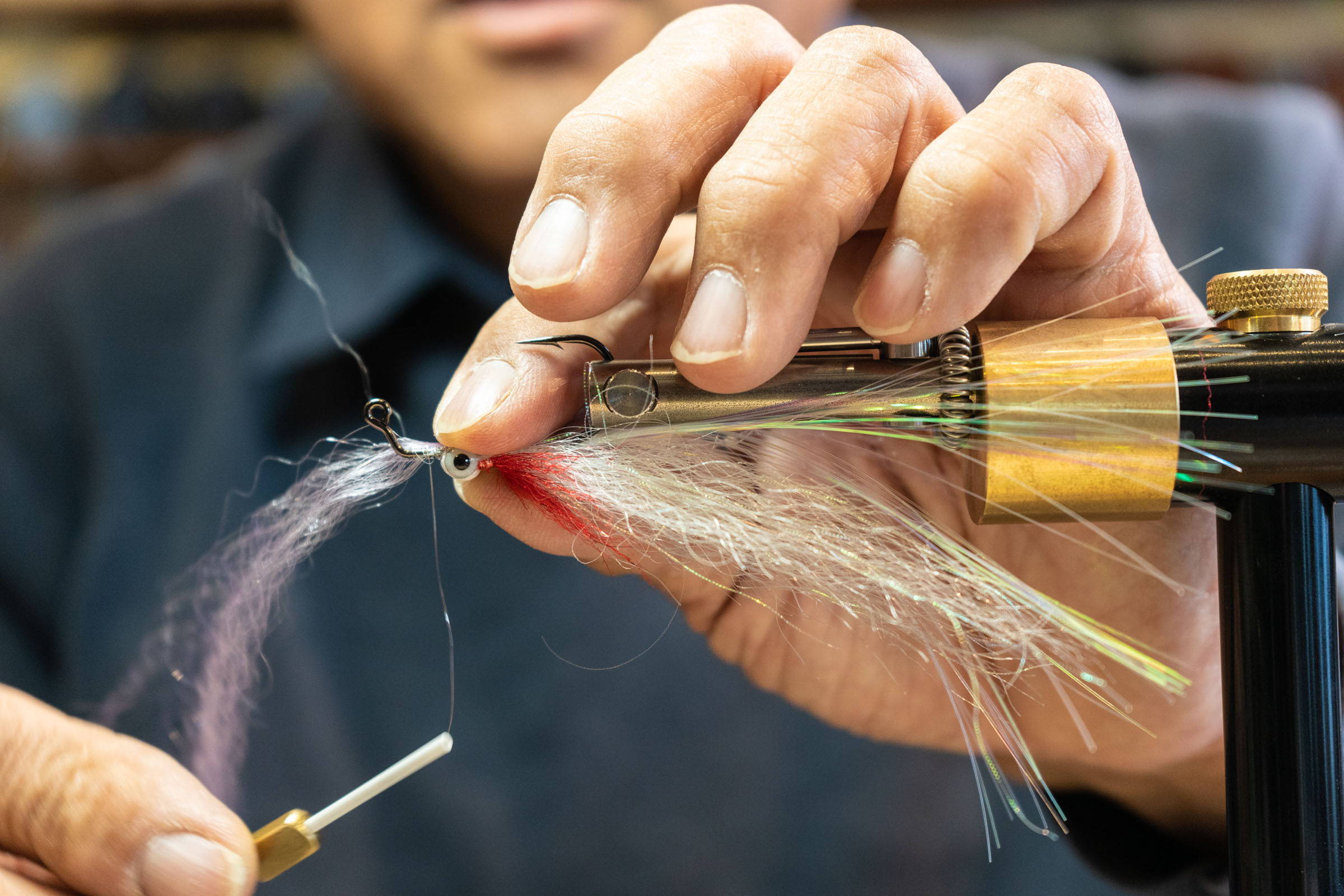
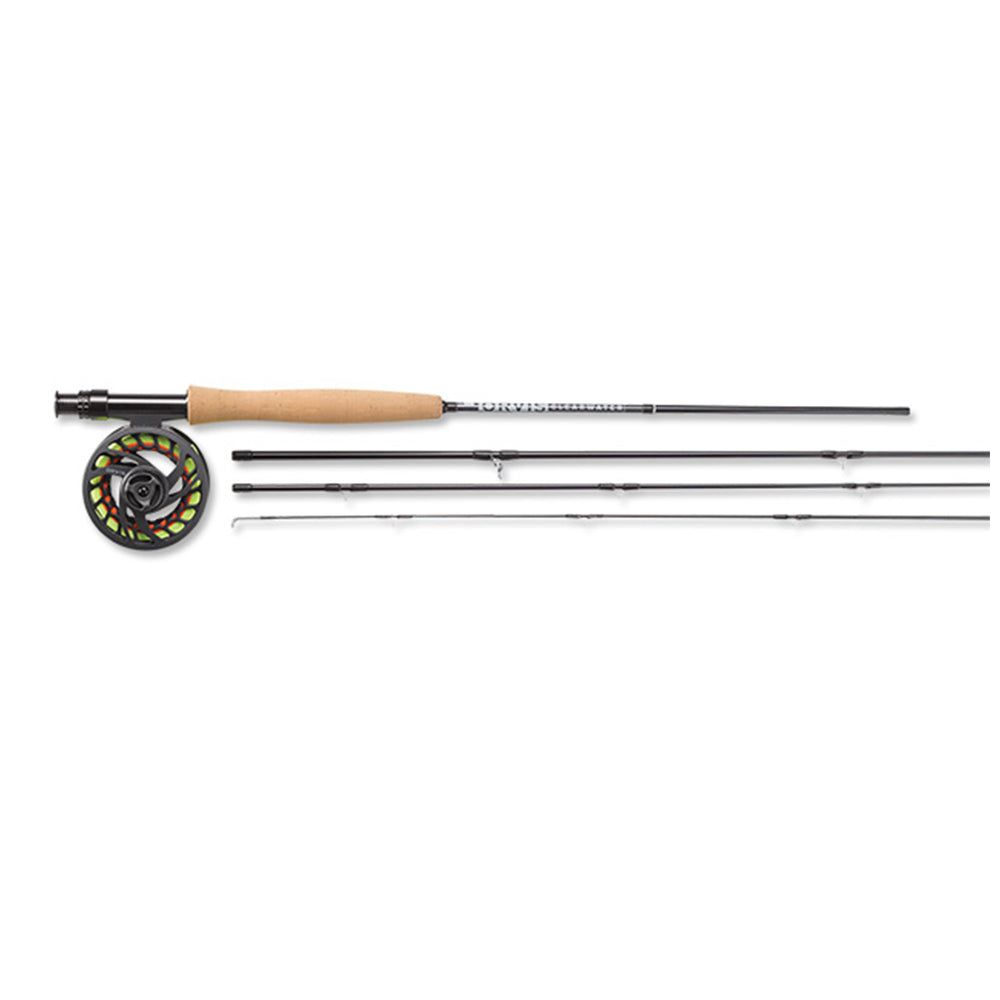
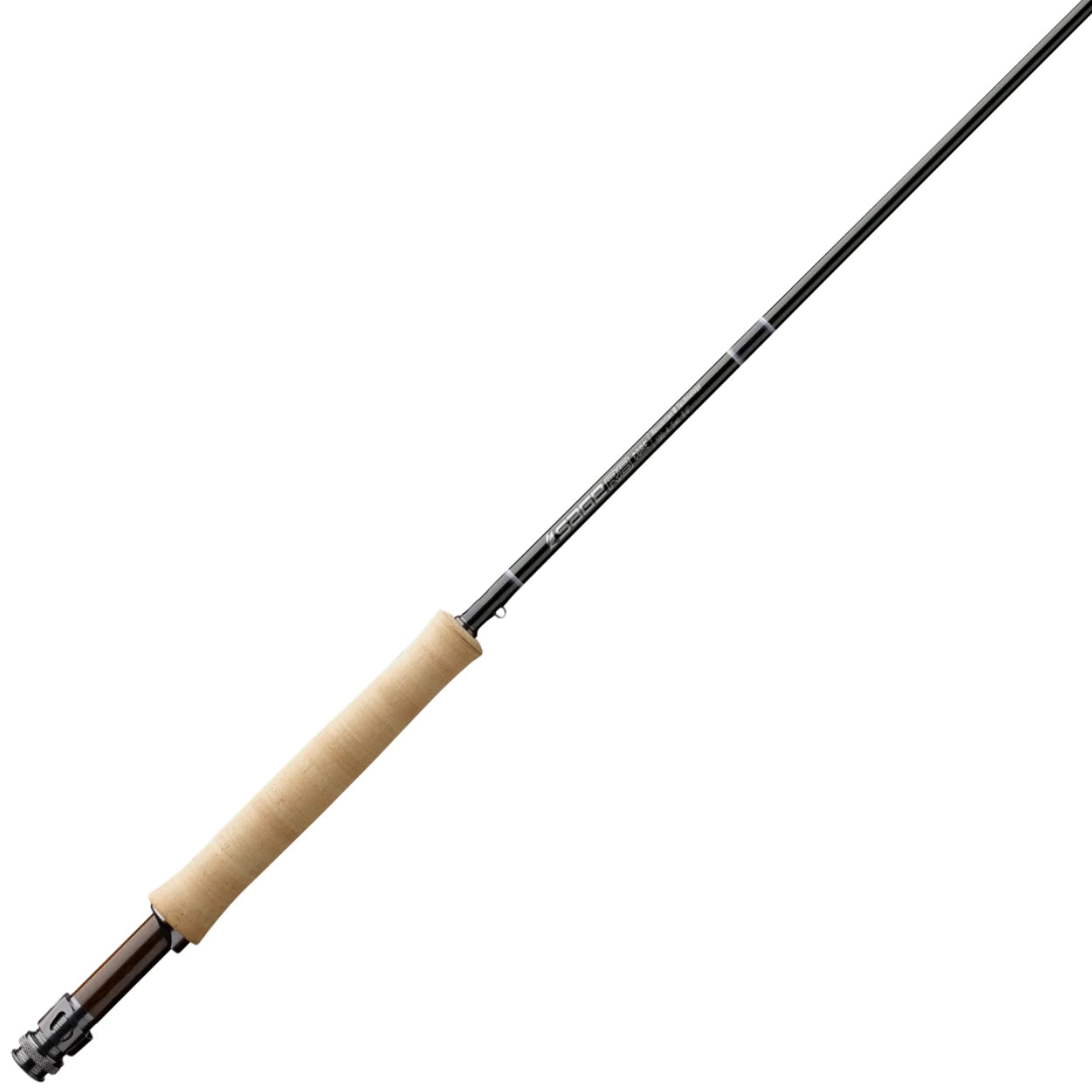
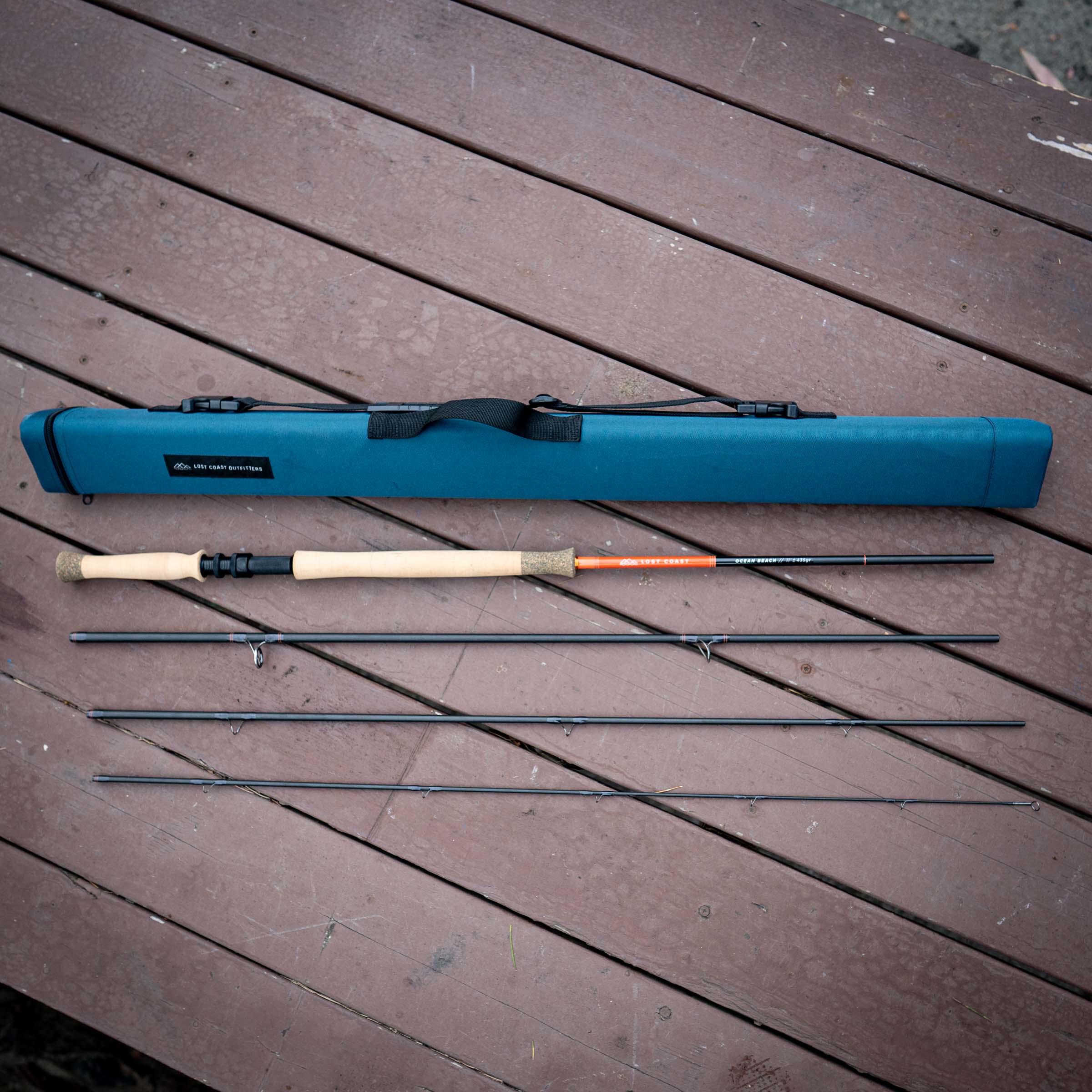

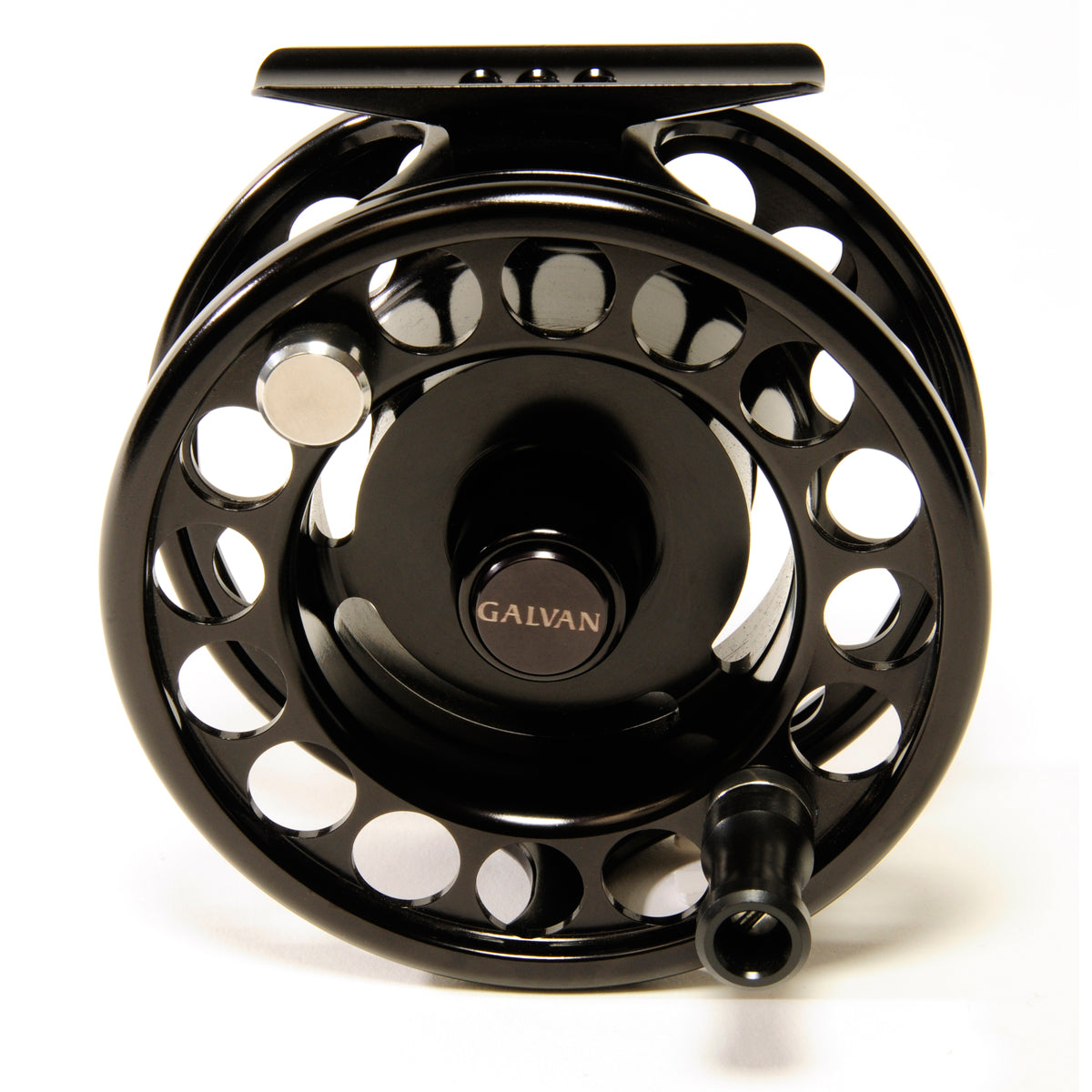

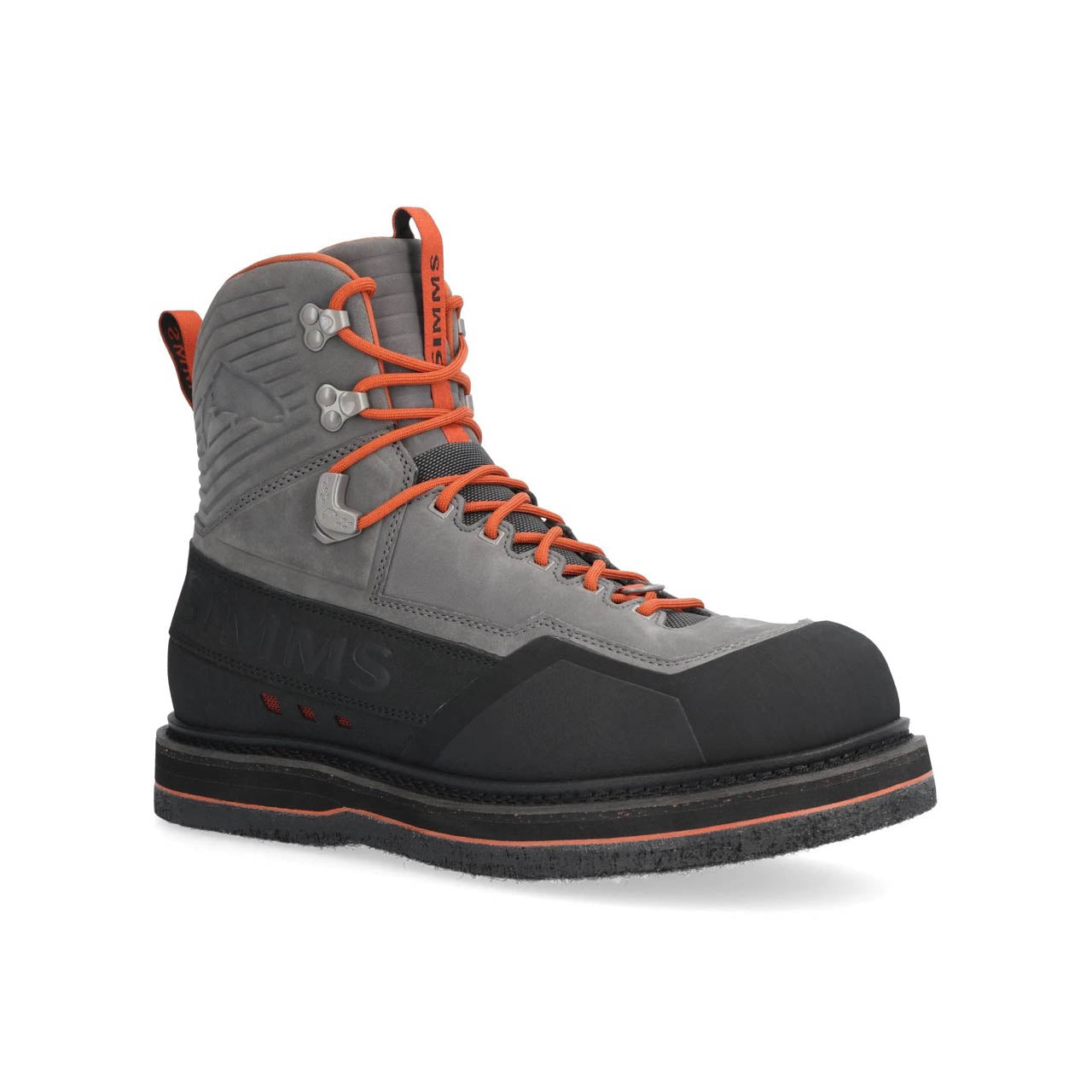



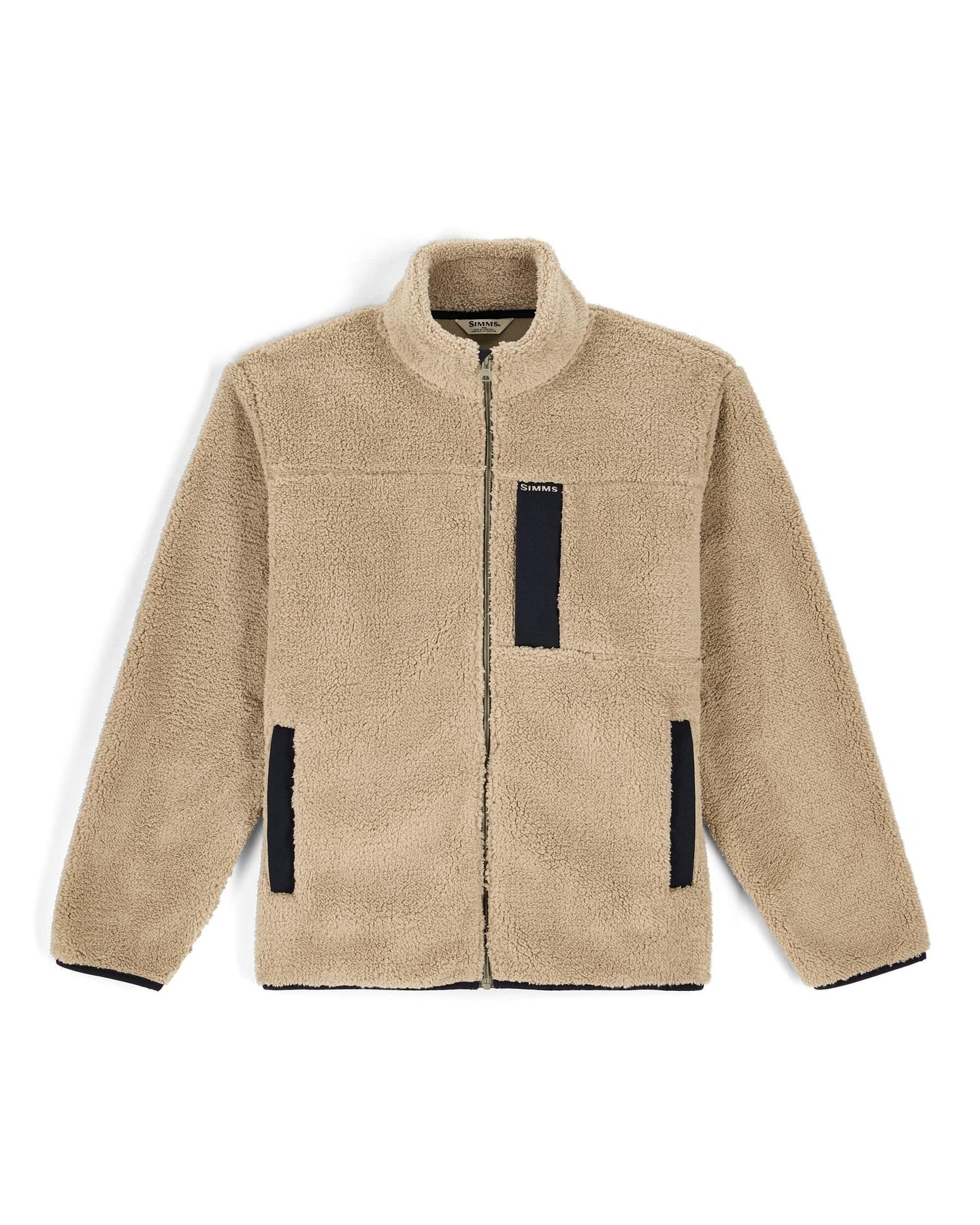

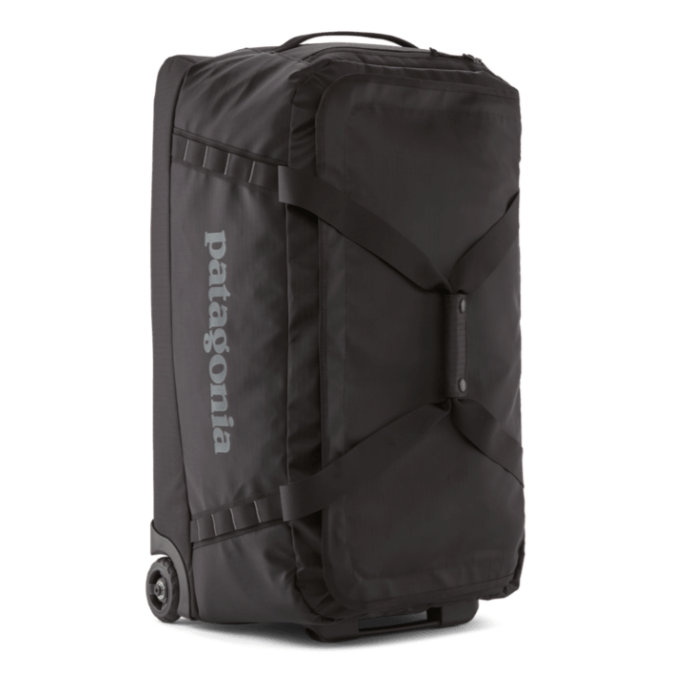
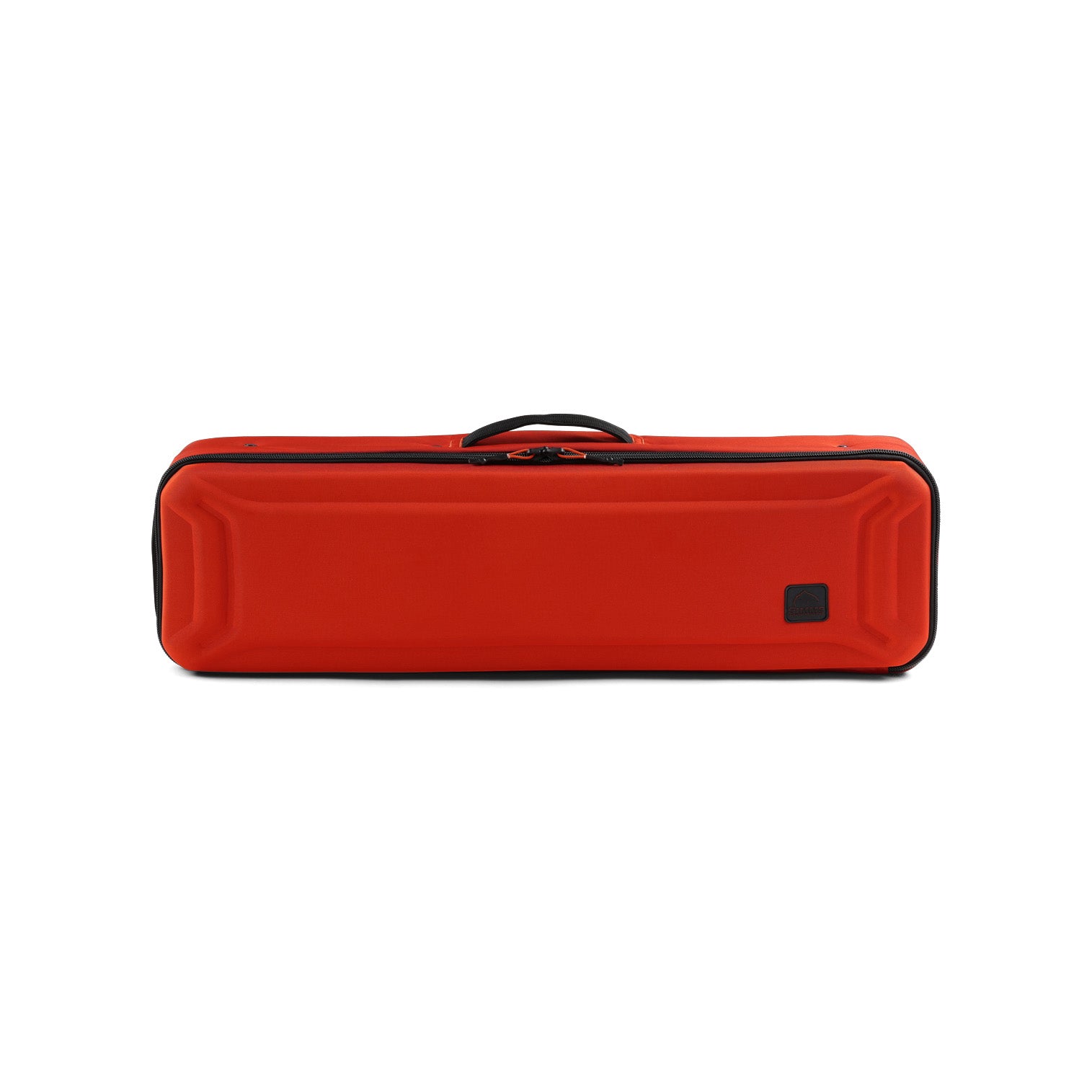





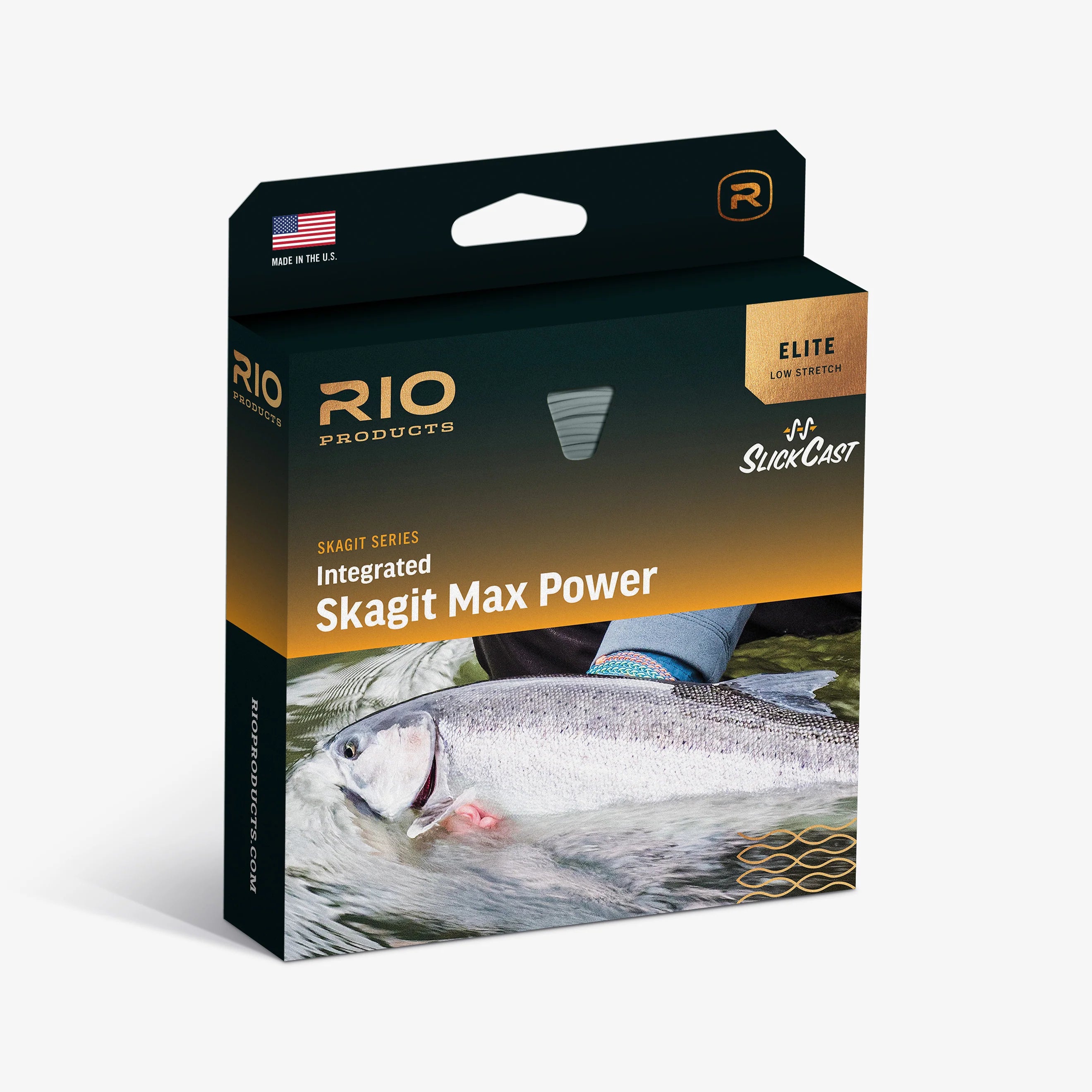
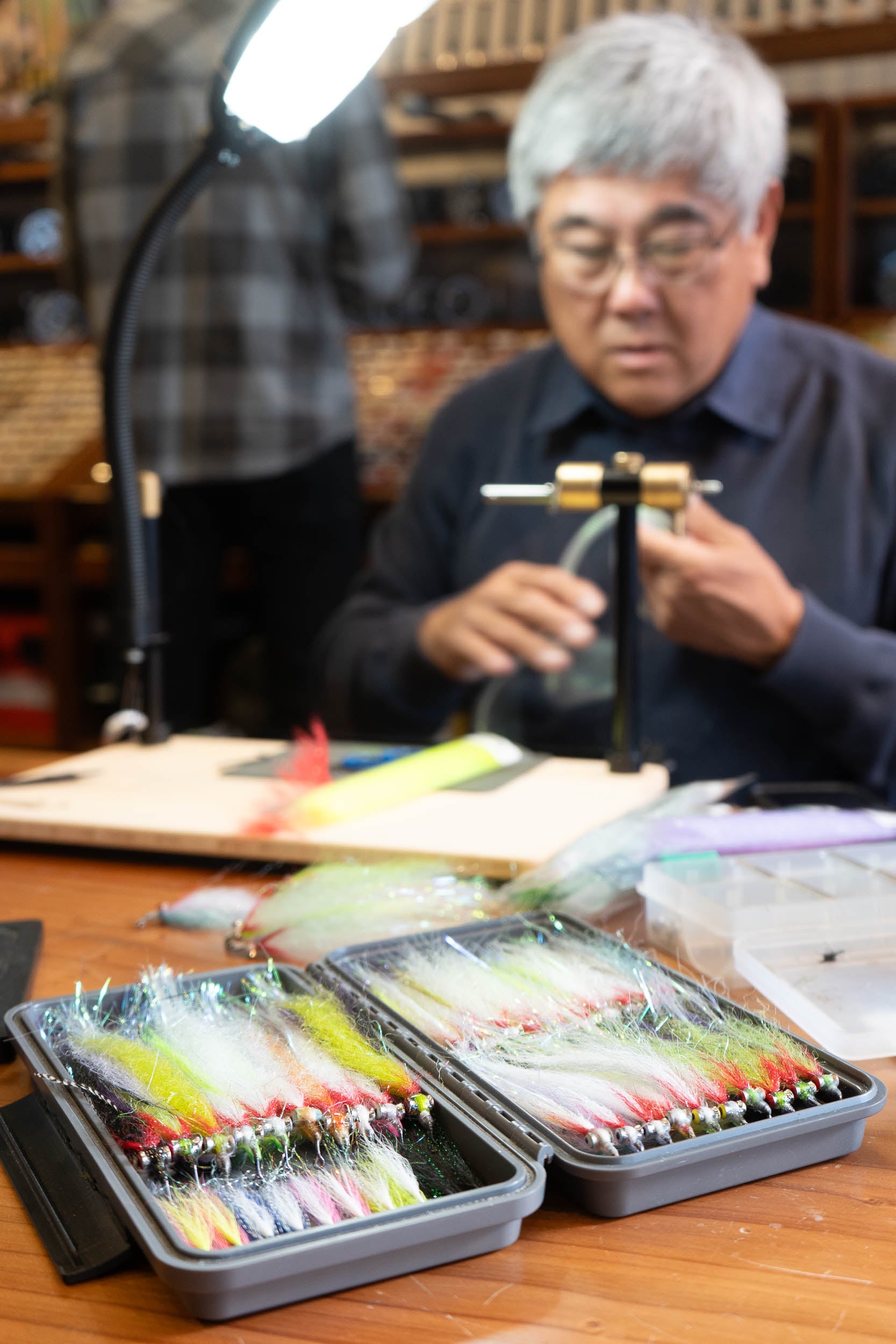

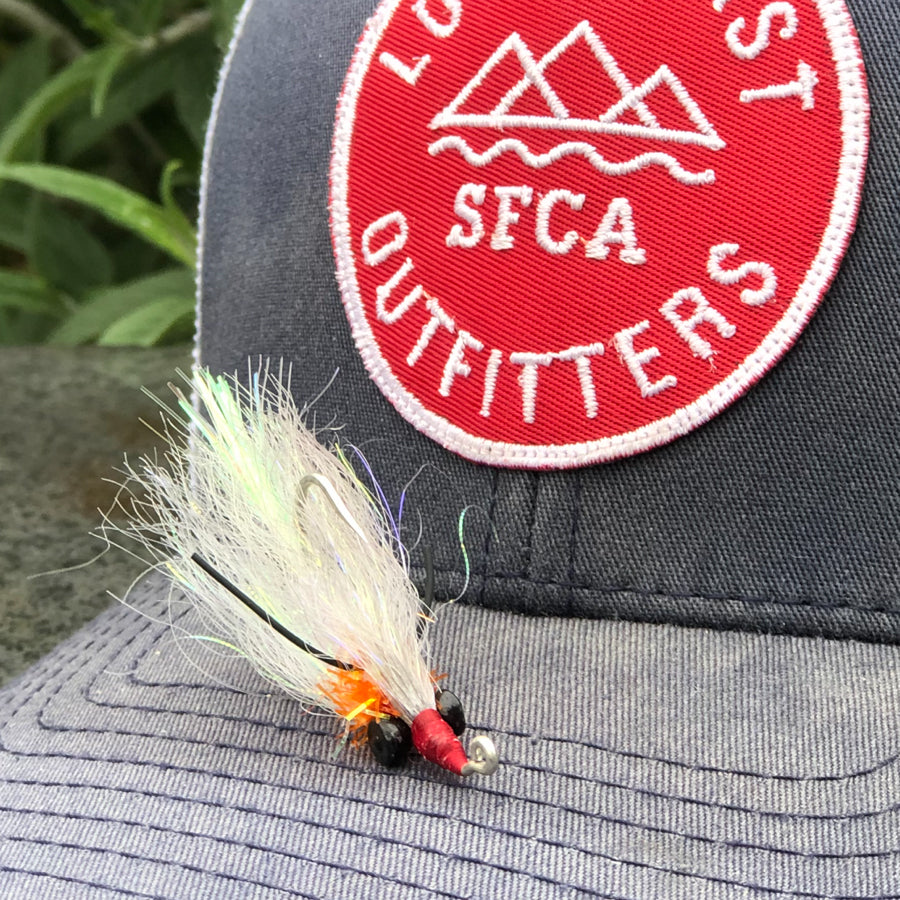


Leave a comment
All comments are moderated before being published.
This site is protected by hCaptcha and the hCaptcha Privacy Policy and Terms of Service apply.